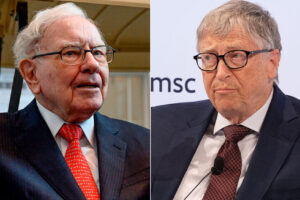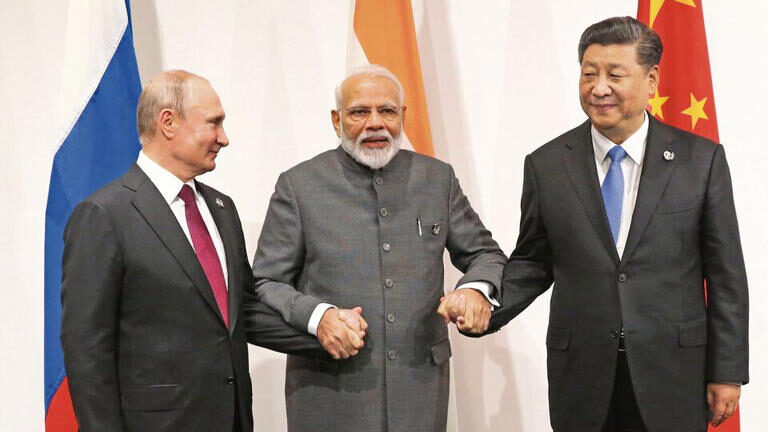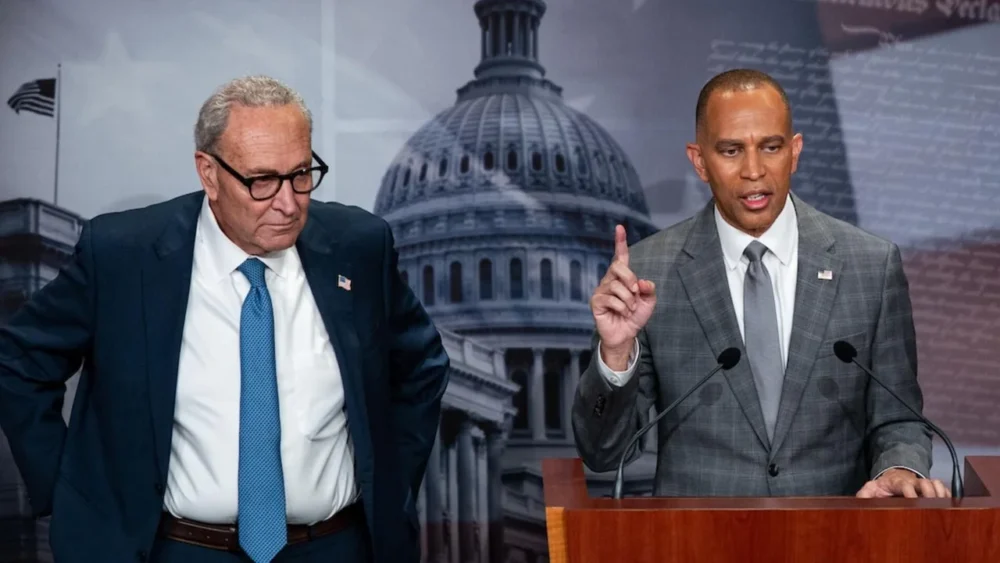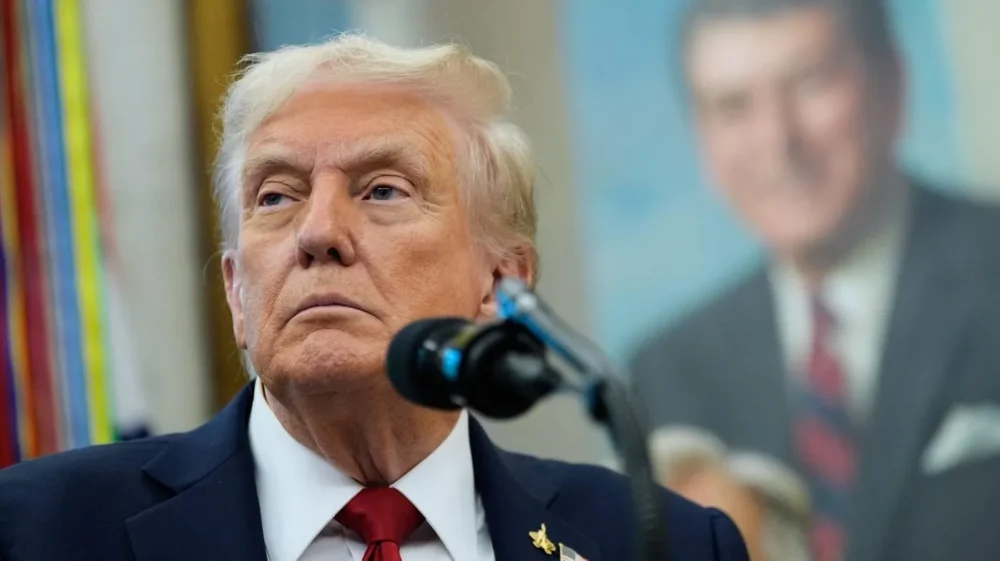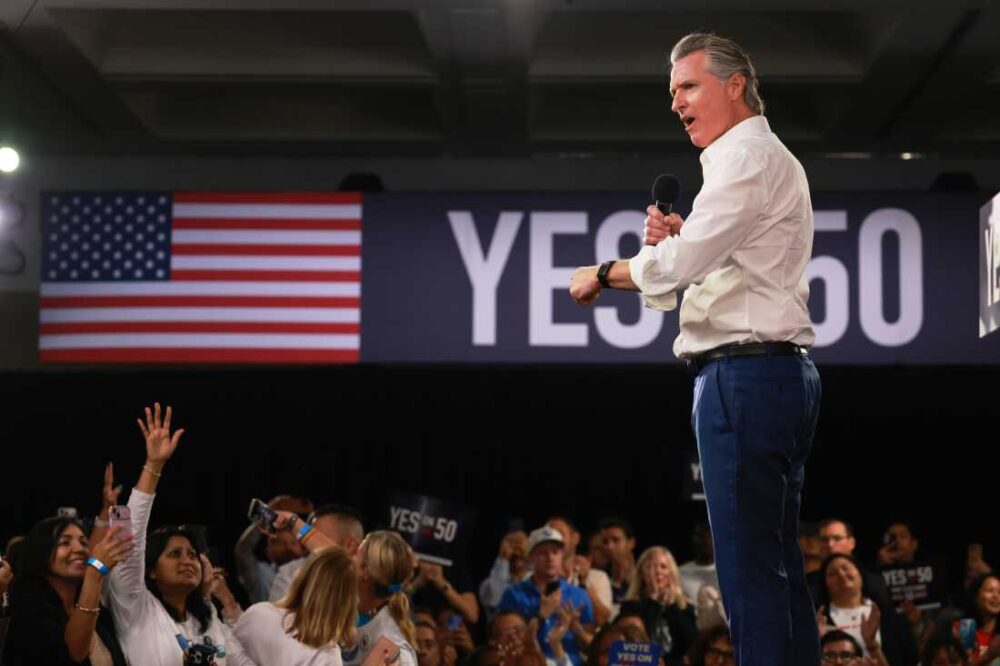Donald Trump’s proposed tariff strategy, designed to protect U.S. industries, could unintentionally accelerate the rise of a powerful new economic grouping led by India, China, and Russia. Far from weakening these countries, the tariffs may push them closer together, creating a massive economic and geopolitical force that could reshape the balance of global power.
Growing Diplomatic and Economic Alignment
Recent diplomatic activity hints at a shift in alliances. Prime Minister Narendra Modi is expected to attend the SCO Summit in China after several years, while Russian President Vladimir Putin is also preparing for an upcoming visit to India. These moves highlight deeper cooperation beyond routine diplomacy, suggesting a growing partnership built around shared interests in trade, energy, and finance.
Experts believe that each of these nations brings unique strengths to the table:
- China leads in large-scale manufacturing.
- Russia dominates global energy supply.
- India offers a booming service sector and one of the largest consumer markets in the world.
Together, they represent a formidable force capable of challenging traditional Western dominance.
Five Key Drivers Behind This Emerging Bloc
1. A Combined Economic Giant
In terms of purchasing power parity, the collective GDP of India, China, and Russia is estimated at nearly $54 trillion—almost a third of the global economy. This scale makes them an economic superpower in the making.
2. Export Strength and Reserves
Their combined exports exceed $5 trillion, accounting for close to 20% of global merchandise trade. Along with this, their foreign reserves add up to around $4.7 trillion, nearly 40% of the world’s total. With a population of more than 3.1 billion people, the bloc also represents the world’s largest consumer market.
3. Moving Away from Dollar Dependence
Trump’s tariffs, aimed at protecting the U.S. economic model, have accelerated a global trend away from dollar dominance. India and China have already started settling energy trade with Russia in local currencies, reducing reliance on the U.S. dollar while keeping their dollar reserves intact.
4. Defense and Energy Influence
The three nations also play a critical role in global security and energy markets. Their combined military expenditure is over half a trillion dollars, about 20% of global defense spending, while they account for roughly 35% of total global energy consumption. By strengthening ties, they create an alternative power structure that challenges existing Western-led alliances.
5. Complementary Economic Strengths
The synergy between them is natural—Russia provides cheap energy, China drives industrial and manufacturing growth, and India offers services and a rapidly expanding economy. This collaboration could evolve into a new global model where India emerges as a central hub for trade and investment, supported by Russian resources and Chinese capital.
A Shift Toward a Multipolar World
This alignment signals the possibility of a world no longer dominated by a single superpower. As tariffs disrupt established trade patterns, India, China, and Russia are finding common ground to create fresh opportunities. For India in particular, this could mean becoming a key player in global supply chains, with multinational companies increasingly looking to diversify away from China.
What started as an attempt to protect American industries may end up accelerating the birth of a new $54 trillion economic powerhouse, fundamentally reshaping the global order.



